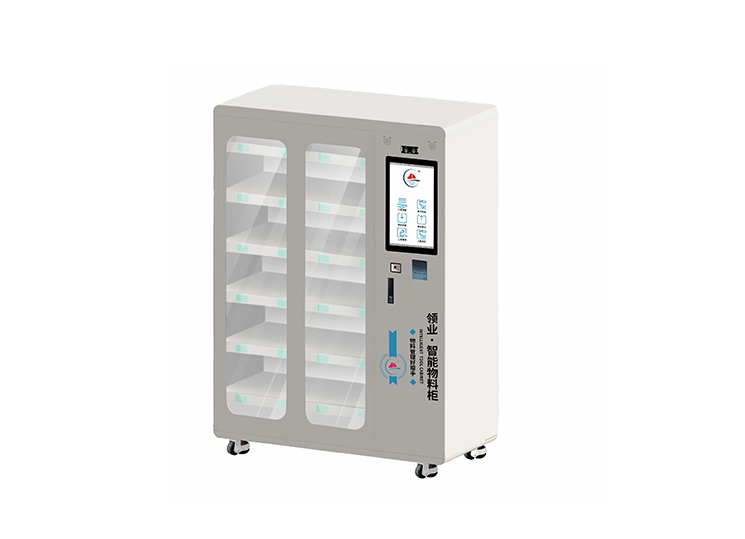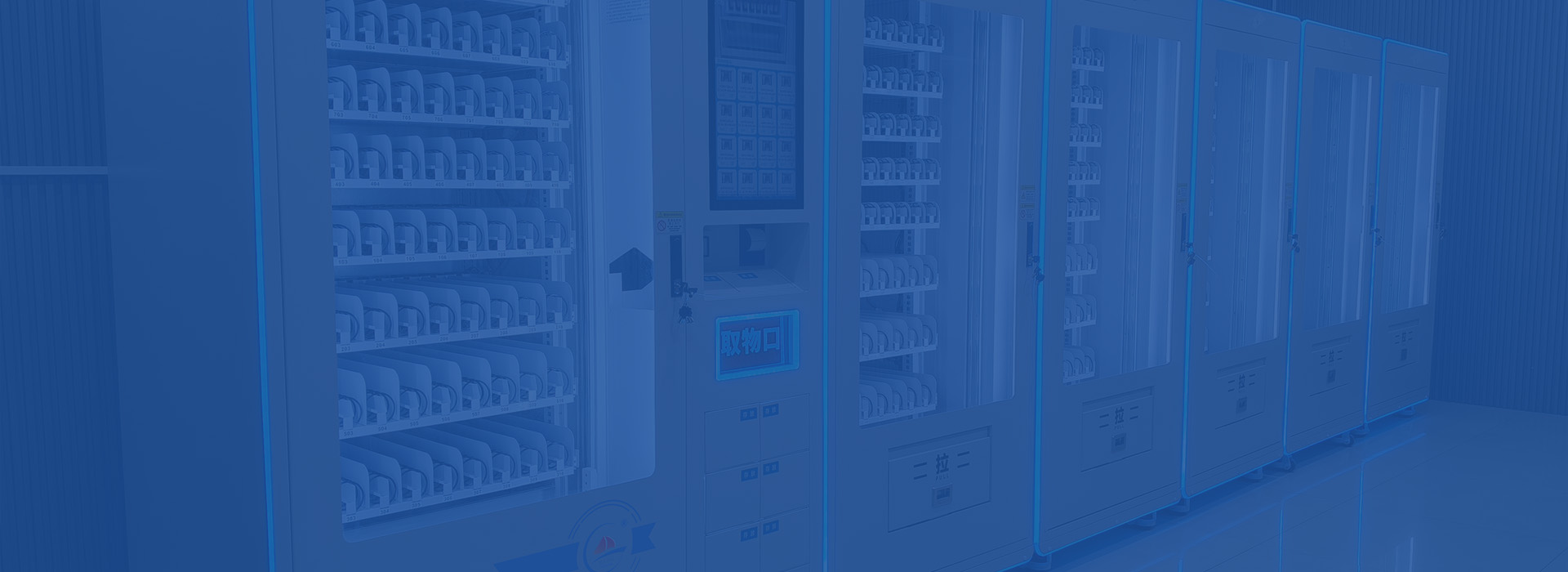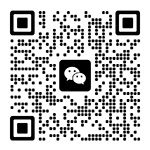Application Scenario of Intelligent Weighing Material Cabinet
2025-04-04
The wide application of the weighing material cabinet in the industrial industry is mainly reflected in its technical integration, management efficiency and scene adaptability. The following is a comprehensive explanation from the aspects of core functions, industrial applications, technical advantages and typical cases:
I. Core Functions and Technical Advantages
High precision weighing and automatic identification technology
Weight sensor: supports gram-level precision monitoring, records the change of material storage and retrieval weight in real time, and is suitable for the accurate management of small parts and high-value consumables.
RFID/ QR code identification: Material identity binding is realized by electronic tag or QR code, and access information is automatically recorded to reduce manual intervention error.
Internet of Things and data synchronization: upload data to the cloud or local server in real time, support docking with ERP and MES systems, and optimize inventory control and procurement plan.
Intelligent authority management
Multi-level authority control: restrict the operation authority by fingerprint, face recognition, IC card, etc., to ensure that sensitive materials can only be accessed by authorized personnel to prevent misuse or loss.
Operation traceability: record the information of material name, time, operator and so on every time, realize the traceability of the whole process, and facilitate quality control and accident investigation.
Inventory early warning and automatic replenishment
Low inventory warning: preset threshold triggers replenishment reminder to avoid production interruption.
Automatically generate orders: some systems can link with the supply chain, and directly generate purchase orders when the inventory is insufficient, thus improving the response efficiency.

Second, the industry application scenarios
Production workshop (automobile/electronic manufacturing)
Tools and spare parts management: tools can be quickly located and recorded by RFID technology. A case of an automobile factory shows that the tool search time is shortened by 70% and the inventory accuracy rate is over 99%.
Management and control of production consumables: the weighing cabinet monitors the consumption of consumables in real time to reduce waste and optimize costs.
Laboratories and research institutions
Reagent and precision instrument management: high-precision weighing technology ensures accurate recording of reagent dosage, combined with temperature and humidity monitoring to ensure the stability of experimental materials.
Hazardous chemicals management: the authority classification and abnormal alarm functions meet the safety compliance requirements, such as the traceability of hazardous chemicals in the laboratory of a 3A hospital.
Warehouse and logistics center
Intelligent sorting and inventory counting: integrate weighing and PTL lighting technology to guide staff to quickly pick materials and improve storage efficiency.
Multi-device collaboration: Support Internet of Things connection, realize cross-regional inventory data synchronization, and apply to large-scale logistics networks.
Medical and aerospace fields
Management of medical consumables: weight sensing technology accurately measures drugs and instruments to reduce waste. For example, a hospital reduces the loss of labor protection products by 30% through smart cabinets.
High-value parts control: military-grade safety design (explosion-proof, anti-pry) ensures the safe access of precision parts in aerospace field.
III. Typical Cases and Benefit Analysis
Automobile manufacturing industry
Case: After an automobile electronic component enterprise introduced intelligent material management cabinet, the material collection time was shortened by 70%, and the inventory accuracy was improved to 99%. At the same time, the production schedule was optimized through data analysis.
Benefits: Reduce labor costs by 15% and reduce material backlog by 20%.
Medical industry
Case: A 3A hospital in Shanghai deployed a smart cabinet system to collect medical consumables on demand, reducing the loss of labor protection supplies by 25%, and reducing the risk of inventory shortage through automatic replenishment.
Energy and heavy industry
Case: An electric power enterprise realizes the life cycle management of tools and instruments through intelligent tool cabinets, and the over-inspection reminder function improves the equipment maintenance efficiency by 40%.
Fourth, the future development trend
Technology integration and innovation
AI forecasting and 5G application: material demand is predicted by machine learning, and millisecond data transmission is realized by combining 5G to improve response speed.
Blockchain and machine vision: Blockchain ensures that data cannot be tampered with, and machine vision is used to automatically detect material quality or wear degree.
Green and sustainable development
Low power design: some cabinets are powered by solar energy, and the power of the whole machine is ≤150W, which is suitable for low-carbon production.
Adaptation of circular economy: optimize the material use cycle through data analysis and reduce the waste of resources.
Intelligent weighing material cabinet has become the core tool to improve efficiency and optimize cost in industrial industry through technical integration and scene adaptation. Its application extends from the production workshop to high-demand fields such as medical care and aerospace. In the future, it will further integrate cutting-edge technologies such as AI and 5G to promote the development of industrial management in an intelligent and green direction.


 简体中文
简体中文 English
English

